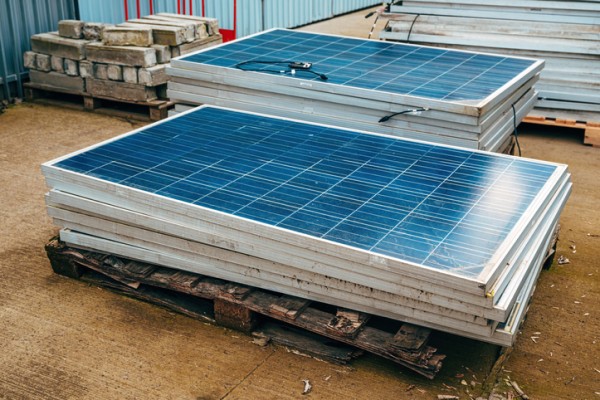Australia faces mounting solar panel waste as researchers call for reuse frameworks
Australia’s rapid adoption of solar panels is creating a mounting waste issue, with most photovoltaic (PV) panels currently ending up in landfill at the end of their lifespan as per research from the University of South Australia.
Researchers at UniSA have identified practical ways to overcome the barriers to safely and profitably extend the life of solar panels, reducing the overall environmental footprint of solar energy.
ADVERTISEMENT
Australia leads the world in per-capita rooftop solar installations. While systems are designed to last 20-30 years, many are replaced far earlier. The Australian Energy Council estimates that by the end of this year, end-of-life solar panels will total around 280,000 tonnes.
UniSA PhD student Ishika Chhillar led a study examining the key barriers to sustainable solar panel reuse and developed a strategy to help transition the sector toward a circular economy.
Her research found that recycling alone is insufficient, most panels still end up in landfill, and that developing a viable secondary market for used systems is essential to closing the loop on solar sustainability.
“There are many key challenges including the low cost of new panels undercutting the resale PV panel market, a lack of incentives for reuse of the panels, different policies for reuse across states, lack of liability for second-hand installations and a limited infrastructure for testing and refurbishing of used panels,” Ishika says.
“Industry, government, academic and consumers all recognise that these barriers can and must be overcome, and that with the right frameworks in place, Australia can extend the life of its solar panels with true environmental and social benefits in the process.”
One major barrier to the uptake of second-hand solar panels is the steadily falling cost of new panels, which undermines the resale market and offers little financial incentive for consumers or businesses to choose reuse.
Currently, there are no rebates or credits available for installing second-hand panels.
Australia also lacks a national reuse framework, with each state and territory applying different rules to end-of-life panels. In the absence of clear approval pathways or guidelines for reselling and reinstalling used panels, many installers remain cautious due to potential legal liabilities.
Ishika says that without a unified national approach to standards and liability, companies are unlikely to engage with second-hand products because of ongoing compliance risks.
“The lack of any standard certification for used panels means buyers and installers have little to rely on besides a seller’s word, but an official certification process would change that,” she says.
“A credible certification program should include standardised testing protocols for used panels. By bridging the trust gap, certification can transform reused panels from a risky option into a transparent and standardised product category.”
One option is to pair certification with a clear, consumer-friendly grading system, such as gold, silver or bronze, or a star-rating label indicating a panel’s remaining efficiency and expected lifespan. This would enable buyers to make more informed purchasing decisions.
Associate Professor Sukhbir Sandhu, whose research explores social and environmental sustainability, says digital traceability innovations could help verify whether panels are suitable for reuse, improving transparency across the supply chain.
“If each solar panel’s history and performance data could be recorded in a database accessible to buyers and regulators, it would dramatically reduce uncertainty,” she says.
“Industry experts we spoke to for this study proposed solutions ranging from simple QR-code labels to blockchain-based platforms that track a panel’s ‘digital passport’ throughout its life. This transparency would enable quicker decisions on whether a panel is fit for reuse, without requiring extra testing at each change of hands.”
-
ADVERTISEMENT
-
ADVERTISEMENT


